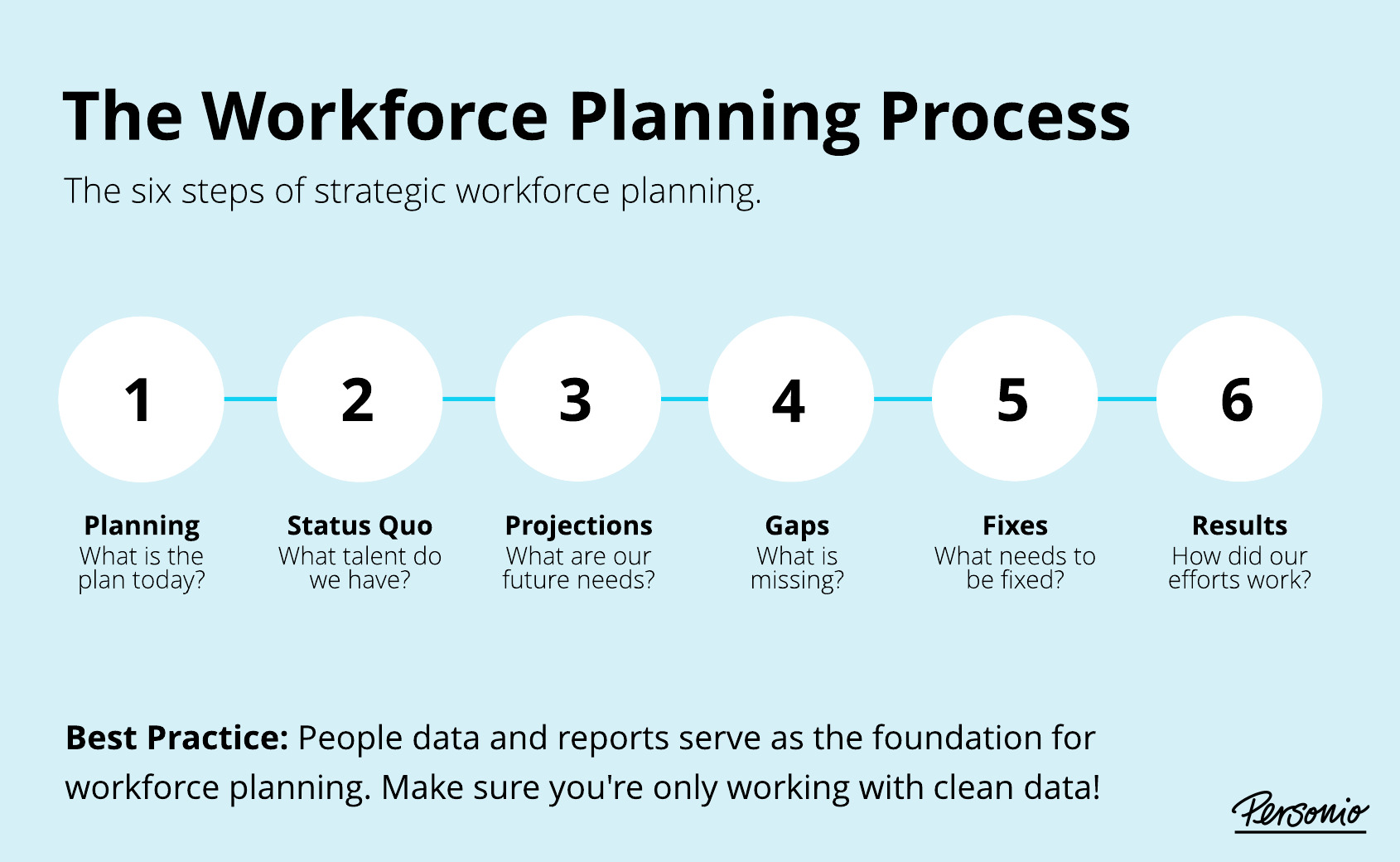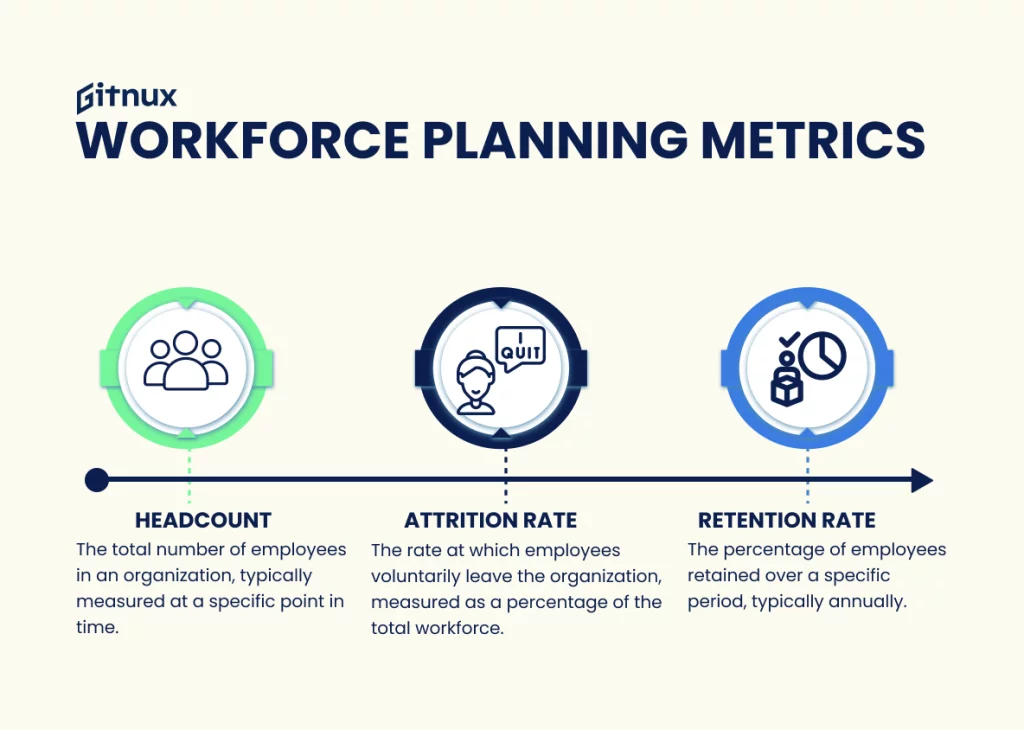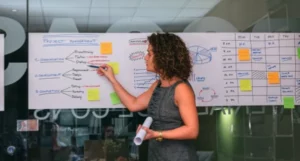Workforce Capacity Planning: Know Your Current and Future Workload Insights

Table of contents
As economic forecasts dim and budgets tighten, no company can afford to ignore talent. With hiring freezes and layoffs on the rise, leaders are looking for ways to ensure that every member of their workforce can make the most of their contribution to helping their organization achieve its goals.
Yet, doing more with less has never been more difficult. The burnout epidemic shows no signs of abating, with two-thirds of employees reporting an increase in stress levels in the last year. Businesses can’t just keep piling on work and hoping for the best when so many employees are already stressed.
Instead, HR leaders must become more strategic in terms of leveraging skills and aligning employees with business priorities, all while keeping everyone inspired and engaged. Employers can empower employees to reach their full potential by taking the right approach to workforce capacity planning.
What is Workforce Capacity Planning?
Workforce capacity planning refers to the process by which an organization determines how much work can be completed given its total number of employees and current or upcoming time constraints. Capacity is frequently measured in terms of available employee hours in relation to the total workload of the organization. A company with ten employees who each work 40 hours per week, for example, has 400 hours of weekly capacity that can be devoted to various projects, each with its own estimated time spent.
The difficulty in workforce capacity planning stems from the need to strike a delicate balance between real-time employee availability, available budget, and work demand from customers, partners, or other stakeholders. When done correctly, workforce capacity planning allows leaders to make informed hiring decisions while also reducing employee burnout.
Benefits of Workforce Capacity Planning

Source- https://www.personio.com/hr-lexicon/workforce-planning/
Although workforce capacity planning can be challenging, companies that achieve the right balance reap a slew of game-changing benefits, including:
1. Reducing burnout
2.6 times more likely to be actively looking for a new job, burned-out employees underscore the critical importance of proactive measures to identify and address burnout within the workplace. Rather than having to replace employees who chose to resign because they were overburdened, workforce capacity planning helps to prevent burnout in the first place. Employees are less likely to become overworked because managers keep track of who has the time to take on new challenges.
2. More effective strategic workforce planning decisions
Better business decisions are made when workforce capacity planning is done correctly. Leaders can ensure employees are working to their full potential when they have access to tools that allow them to identify skill gaps and pinpoint who has the knowledge and availability needed to tackle high-priority projects.
Read More: What Is Strategic Management and Why Is It Important?
3. Time and money savings
Workforce capacity planning is always beneficial, but it is especially important during times of disruption, uncertainty, or downturn. It reduces turnover while also reducing the need for additional hiring and the associated costs.
Companies that use workforce agility platforms to optimise capacity planning save a lot of money. In fact, Schneider Electric saved more than $15 million in increased productivity and reduced recruiting costs by unlocking over 200,000 hours.
Workforce Capacity Planning Example

Source- https://blog.gitnux.com/strategic-workforce-planning-metrics/
Let us look at an example to better understand the concept.
Consider the capacity planning of a bakery that makes cakes for special occasions. The bakery begins by assessing its current production capacity, which includes the number of ovens, mixers, and other pieces of equipment. It then forecasts cake demand for the coming months based on previous sales and special occasion schedules. To meet demand, the bakery must be able to produce 200 cakes per day.
Based on this analysis, the bakery decided to expand its capacity by purchasing additional ovens and mixers. In addition, the bakery constantly monitors capacity utilization and makes necessary adjustments to meet customer demand while minimizing waste and costs.
If demand for cakes falls, for example, the bakery may reduce capacity by selling or storing some of its equipment. The goal of bakery capacity planning is to ensure that the bakery has enough capacity to meet customer demand while maximizing efficiency and minimizing costs.
What Is Capacity Planning in Operations Management?
The process of planning, organizing, and controlling the resources required to produce goods and services is known as operations management. Capacity planning is an important part of operations management because it determines how much capacity is needed to meet future demand.
It strengthens the company’s operations even further by ensuring future growth capacity. Furthermore, it enables the company to avoid overcapacity and its associated costs, such as idle resources and underutilised capacity. There are various methods for capacity planning and operations management, but they all seek to answer the same question: what is the optimal amount of power required to meet future demand?
Forecasting future demand is the first step in the capacity planning process. Once the forecast is complete, capacity can be planned in accordance with the anticipated demand. The goal is to have enough capacity to meet customer demand while keeping the costs low.
Different businesses will require additional capacity based on their products, services, and operations. Capacity planning is an important part of operations management that should be tailored to each company’s specific needs.
Capacity planning, when done correctly, can help businesses avoid the costs of over- or under-capacity and ensure they have the resources needed to meet future demand.
Why Is Capacity Planning Important?
Companies must be able to meet customer demand. If there is insufficient capacity to meet demand, sales and opportunities may be lost. On the other hand, having too much capacity can result in wasted resources and higher costs.
Capacity management is therefore critical for businesses to ensure that demand is met while costs are kept to a minimum.
There are several reasons why capacity management is critical; let us go over them in more detail-
1. Helps to ensure that resources are available when needed: Capacity management can help to ensure that the right resources are available when they are needed by planning and monitoring utilization. This is especially true during peak demand or unexpected events.
2. Improves resource utilization: Capacity management can help improve resource utilization by monitoring utilization and making adjustments as needed. This can result in cost savings as well as improved performance.
3. Reduces costs: Capacity management can help reduce costs by optimizing resource utilization. For example, by avoiding over-provisioning of resources, a company can save money on things like hardware, software, and energy.
Conclusion
Capacity planning entails forecasting future company demands and ensuring that sufficient resources are available to meet those demands. You can ensure your company has the resources it needs to meet current and future demands by planning for capacity. Capacity management incorporates input from multiple business roles as well as various methodologies, tools, and processes.
You can create a capacity plan that will help you meet demand now and in the future by engaging in strategic planning and taking variables such as production capacity, resource capacity, and impending requirements into account. Unlock efficiency with ProHance to transform your workforce management today!
Frequently Asked Questions
1. How does manufacturing capacity planning take place?
It entails determining the highest possible production rate at a facility or on a production line, comparing it to client orders and predicted demand, and then devising a plan to achieve it.
2. What steps are involved in capacity planning?
The steps are as follows:
- Recognise your current capability.
- Make predictions about future demand.
- Determine possible sources of additional capacity.
- Examine your dangers.



